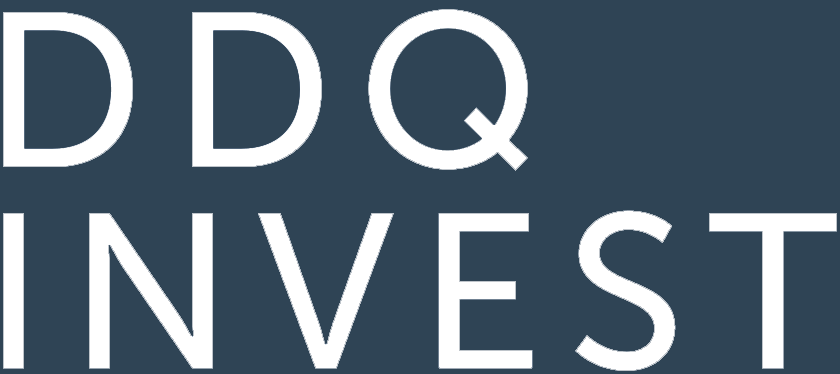Attractive investment opportunities exist in both public and private capital markets, but the balance may be shifting—partly depending on the cost of debt and the interest rate cycle.
Key takeaways
- The unleveraged nature of public market debt and less-leveraged public equity tends to be attractive during periods of high (real) interest rates.
- Private market investors tend to benefit when borrowing costs are low.
- Higher-for-longer rates add meaningful performance hurdles for private equity, private credit, and private real estate.
- Investors should consider risks and opportunities if the (real) cost of debt continues to be a stronger headwind for private markets relative to public markets.

